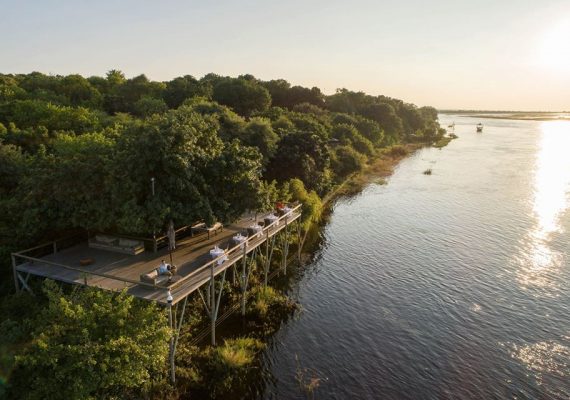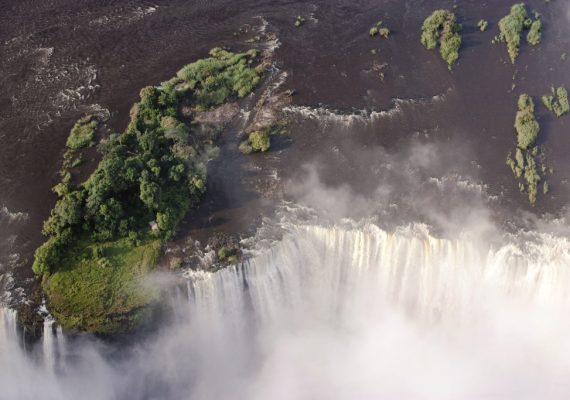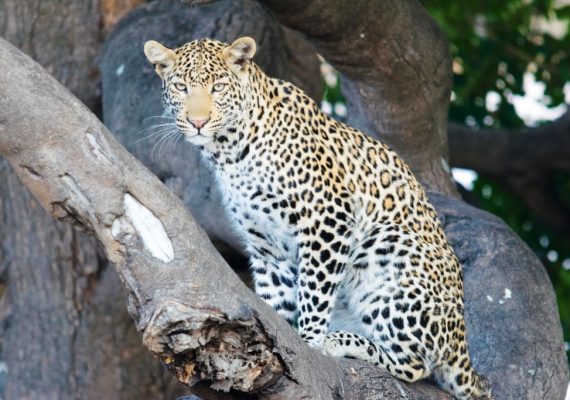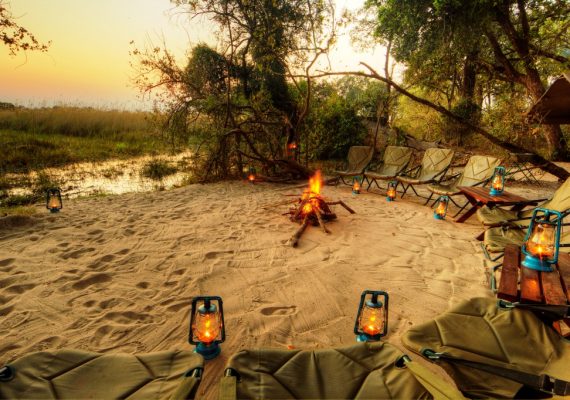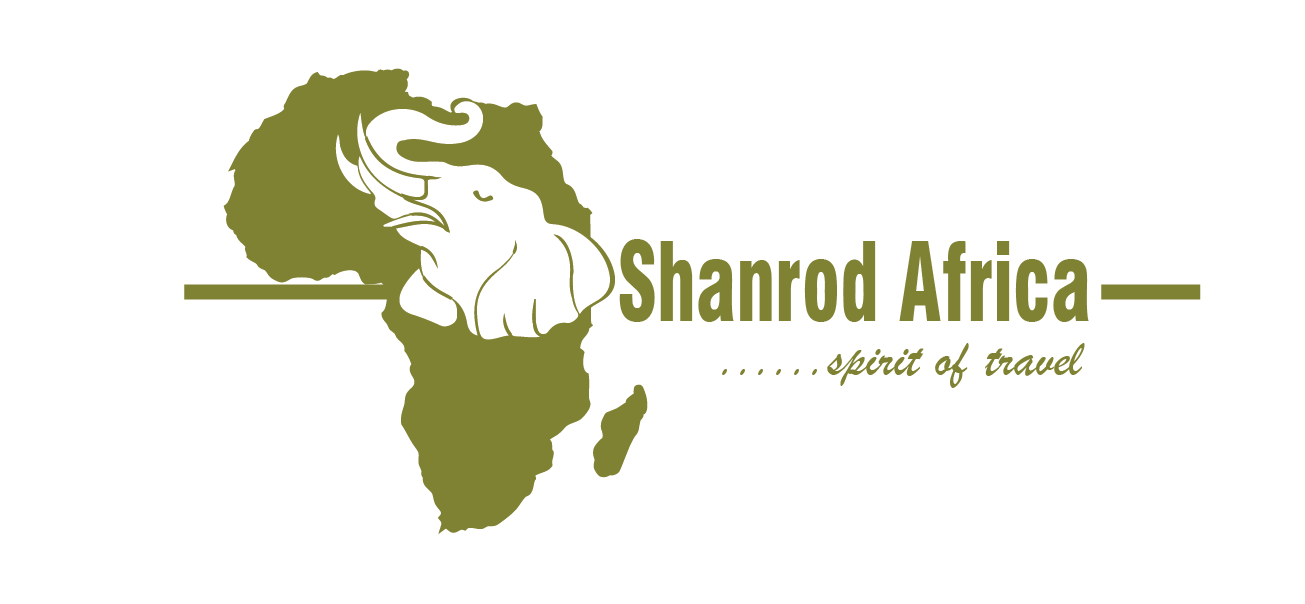Part of the great Makgadikgadi complex, Nxai Pan National Park covers an area of 2 100 sq kms, and comprises several larger pans – Nxai Pan, Kgama-Kgama Pan and Kudiakam Pan, which were once ancient salt lakes. These larger pans are now grassed, and are scattered with islands of acacia trees, and smaller pans that fill with water during the rainy season– thus providing rich resources for wildlife.
Wildlife viewing is seasonal, and dependent on if and when the rains come, and when animals migrate. There are several artificial watering points. If the rains have been good, December to April is the best time to visit. Nxai Pan National Park Common species to be sighted are zebra, wildebeest, springbok, impala, gemsbok, hartebeest, giraffe, lion, cheetah, wild dog, brown hyena, bat-eared fox, and sometimes elephant and buffalo.
The park is one of the more accessible areas of the Makgadikgadi, a mere 50 kms from the Nata-Maun Road.
BAINES’ BAOBABS
Approximately 30 kms from the Nxai Pan National Park entrance, Baines’ Baobabs are a highlight for any visitor travelling this area of Botswana. Seven huge, gnarled baobab trees, named after the 19th century explorer Thomas Baines, are situated on a promontory or island overlooking and surrounded by the white, crusty Kudiakam Pan. Baines stood here over a hundred years ago and painted this otherworldly scene.
It has essentially remained unchanged. Thomas Baines was an explorer, artist, naturalist and cartographer. He and fellow explorer James Chapman travelled through this area during their two-year journey from Namibia to Victoria Falls (1861-63). They travelled in horse-drawn wagons and on foot, accompanied and led at different times by Hottentots, Damaras (a tribe from Namibia) and San. They encountered numerous difficulties, including the harshness of the desert, thirst, hunger, illness, and more than once, desertion by their guides, who made off with their supplies. Despite all this, Baines’ account of the journey is filled with appreciation of the beauty of Africa. ‘I confess,’ he wrote, ‘I can never quite get over the feeling that the wonderful products of nature are objects to be admired rather than destroyed; and this, I am afraid, sometimes keeps me looking at a buck when I ought to be minding my hindsights.’
Baines’ painting of the small island of baobabs shows covered wagons, people tending their horses, and a huge baobab bursting with leaves. ‘We walked forward to the big tree, the Mowana at Mamu ka Hoorie, and found the country much improved,’ Baines wrote of the gloriously shaded area. Baines’ diaries, sketches, drawings and paintings provide fascinating first-hand documentation of that most decisive era in the history of southern Africa.
Popular Botswana Safaris

10 Days, 9 Nights Start From $
10 Days Classic Guided Mobile Botswana Safari, Northern Highlights
Book Now